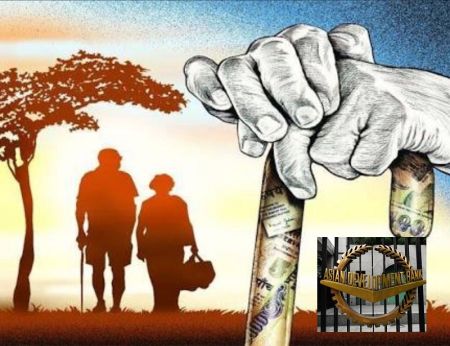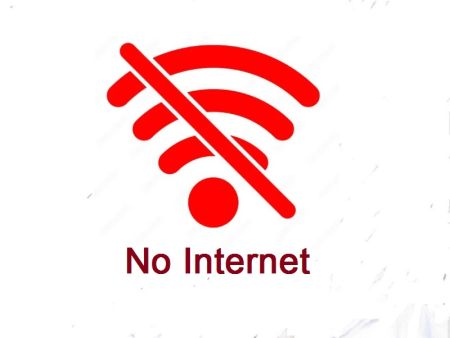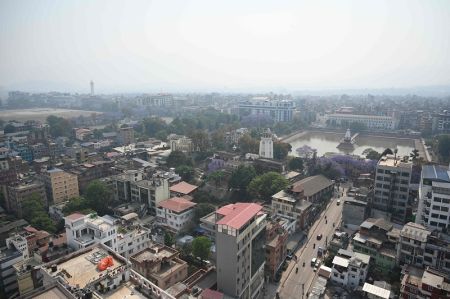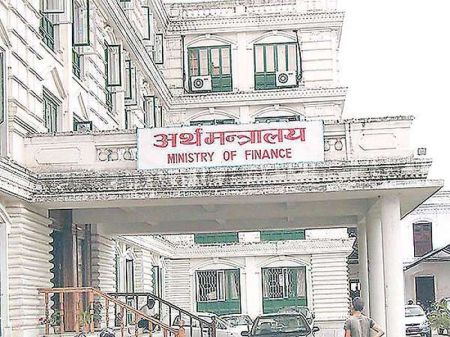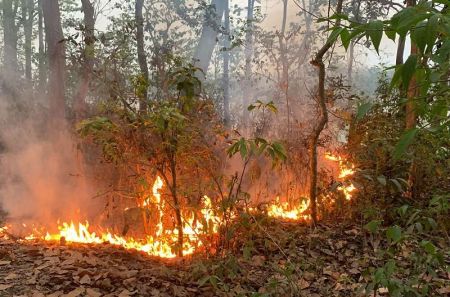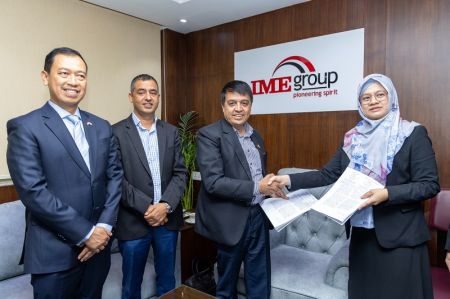By Prof Ujjwal K Chowdhury

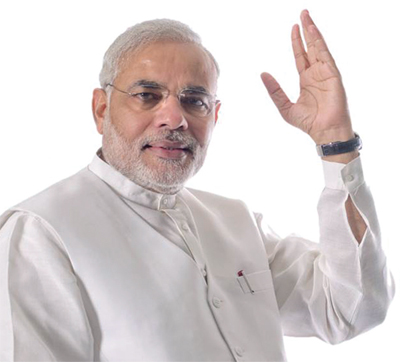
The tallest leader in the main opposition party of India, Bharatiya Janata Party (BJP), today is undoubtedly Narendra Modi. The pressures of the people at the rank and file of the party has already forced the disconnected national leadership to come scurrying to Modi to lead the party at the centre, and soon he will be its Prime Ministerial candidate for the general elections in 2014. As a New Nepal is expected to emerge from the polls of 2013, Indian General Elections of 2014 (which may be earlier than scheduled) may give rise to a New India under Modi, with implications for Nepal as well in South Asia.
Modi’s Journey: Version 2.0:
The journey of this single resolute man at the top of Gujarat’s affairs started as a Pracharak of Rashtriya Swayamsevak Sangh (RSS) in the first stage of his public life. He was deputed to Gujarat politics to quell the conflict between the Kesubhai Patel and Shankersinh Vaghela factions of BJP some twelve years ago, signalling the start of version 2.0 of his public life.
Since then, for a dozen years, he has refrained from going to Delhi much, completely disassociated himself from national politics of BJP and focussed on Gujarat to ensure his third consecutive victory in Gujarat Assembly elections as recently as on December 20, 2012.
That he will win the elections for BJP was a foregone conclusion. Question was of the margin. His focus was purely on economic development, and he played it to the hilt, with the glamour of 3D technologies and the force of social media apart from mainstream media.
Presently, Gujarat holds around 30 per cent of India’s stock market capitalisation, contributes 22 per cent of the total exports and about 9.5 per cent of the country’s total work force. Gujarat is also a power surplus state, providing electricity even to the villages.The state has registered more than 12% agriculture growth in the last five years against the national average of 2%.
The per capita income at constant prices has shown robust growth in the past five years. There is also a major thrust on infrastructure. The development of ports and port-based investment activity is an instance. There is also a plan for shipbuilding parks along the coastline. Hence, the development slogan, soft Hindutva through Vivekananda Yatra and no tickets to minorities, a techno-savvy one person, one agenda focussed campaign paid off yielding a rich dividend of 115 MLAs for BJP in a House of 182 MLAs.
Modi’s Journey: Version 3.0: The 10-point Road-map:
The most interesting now will be to watch the roadmap that Modi takes in his third and most crucial and challenging phase in public and political life.
First, managing home. Gujarat is his home-turf. But now to move to the Centre, he has to leave a legacy that symbolizes him in every sense. Significantly, he has kept his Cabinet small, and has at least two favourites in significant positions for grooming a future CM (and if needed, a Deputy CM too): Saurabh Patel and Anandiben Patel.
Second, managing the Sangh Pariwar. He cannot afford to alienate Nagpur, which still holds a veto power in the Sangh Parivar. As his popularity soars, RSS under Mohan Bhagwat may be left with no choice but rally behind its extra-ordinary Swayamsevak. But Modi would do well to keep Bhagwat in good humour at this stage.
Third, managing the NDA. It is almost certain that JD (United) of Nitish Kumar-Sharad Yadav shall leave NDA if Modi is the front-man. But, Modi has his own dark horses: Jayalalitha led AIADMK, Naveen Patnaik led BJD, Uddhav led Shiv Sena and Raj led MNS in Maharashtra are sure to through their weight behind Modi which will outgrow the strength of JD(U) concentrated in Bihar alone. Interestingly, BS Yediyurappa, the beleaguered rebel BJP leader who has just set up Karnataka Janata Party, may stage a comeback if Modi is the central leader of BJP.
Fourth, managing minorities. What Modi needs to guard is not to create an anti-minority image any further, rather focus on non-appeasement anti-votebank all-people development agenda, being silent on minority-focused discourse in Indian politics in his interests.
Fifth, managing the riot-image and legal cases. Herein again, silence is golden. One partial statement after Gujarat victory this time was itself a good strategy, “Forgive me if I have done any mistake”. This is the best policy: being humble but not talking about the past and riots. Vengeance is a measure for lesser mortals.
Sixth, creating symbolisms. It will be a great move for Modi to seek election to the Parliament from Lucknow, which elected Atal Behari Vajpayee several times. Symbolically strong, this will rejuvenate BJP in Uttar Pradesh, bring in Kalyan Singh at the centre-stage in UP, and lead to soft Hindutva polarization in favour of BJP in most of the Hindi heartland.
Seventh, strengthening mass constituencies. In 2014, the dominant section of the electorate shall be young people below 35 years of age. The electorate between 18 and 35 years of age are expected to be above 40% of the voters, and in case of a good franchise, the younger voters are expected to be participating more. Modi has succeeded tremendously with the youth in Gujarat ensuring a hat-trick of victories. If he can put forth a viable plan for Young India, package and communicate it in a techno-savvy way (for which he is well-known), and make it caste and community-neutral, he is assured of a huge support herein.
Eighth, harnessing the woman-power. Half the young people are women, and a large part of elder women are dependent emotionally and financially on the younger population. Also, Modi’s personal charisma, single status, and a straight talking image et al go well with the women. He, however, will need to walk the talk on women’s safety issues which is the major concern for a large number of vocal women,both urban and rural.
Ninth, envisioning an Alternative India. Herein lies the major creative challenge to Moditva. If he can change the discourse of Indian politics from divisive identity to development issues, from regional parochialism to a uniform Indian-ness, from Western outlook to political language to a pride in everything Indian, he has made a great start to this third phase in his political journey. He has started this through his recent speeches, first in Sriram College in Delhi and more recently in the India Today Conclave.
Tenth, and finally, creating a global image and acceptability. While Vibrant Gujarat has given Modi the global image of a productive performing leader, and Indian diaspora looks up to him for a national leadership role now, he still needs to politically cultivate major global forces and global Indians more. Hence, formal and informal channels need to be evolved through visits, use of media, receiving delegations, use of global Indian bodies, et al, which position Modi as the undisputable leader whom the nation has been waiting for long.
The author is former Dean of Symbiosis International University and President of the advisory board at Whistling Woods School of Communication, Mumbai.
Modi, BJP & Nepal:
It need not be construed that a pro-Hindutva BJP led by Modi will be anti Maoist/Communist Nepal. Modi is pragmatic enough to understand the strategic significance of Nepal, the open borders with the Himalayan nation, the predominantly Hindu population here, and the historic ties with India. India led by Modi is bound to be interested in multi-party democratic polity being strengthened in Nepal, private sector emboldened in policy and practice, economic and technological cooperation enhanced between the two nations, and trade and commerce enhanced between the entrepreneurs on both sides.
An absolute votary for capitalist growth and development model of politics, Modi is expected to back all possible measures to have peaceful transition of power to the elected Parliament and coming in of a popularly elected government focusing on much-awaited economics rather than unbridled politics.
The Nepali private sector will do well to build bridges with the economic cell of BJP, explore business with Gujarat, and establish stronger linkages with the half a million Nepali origin people in Gujarat. And, the bureaucracy will do well to explore avenues of stronger security and governance ties with a possible Modi led government evolving sooner than later in the southern neighbor. This could turn win-win for both the sovereign nations strategically positioned.






